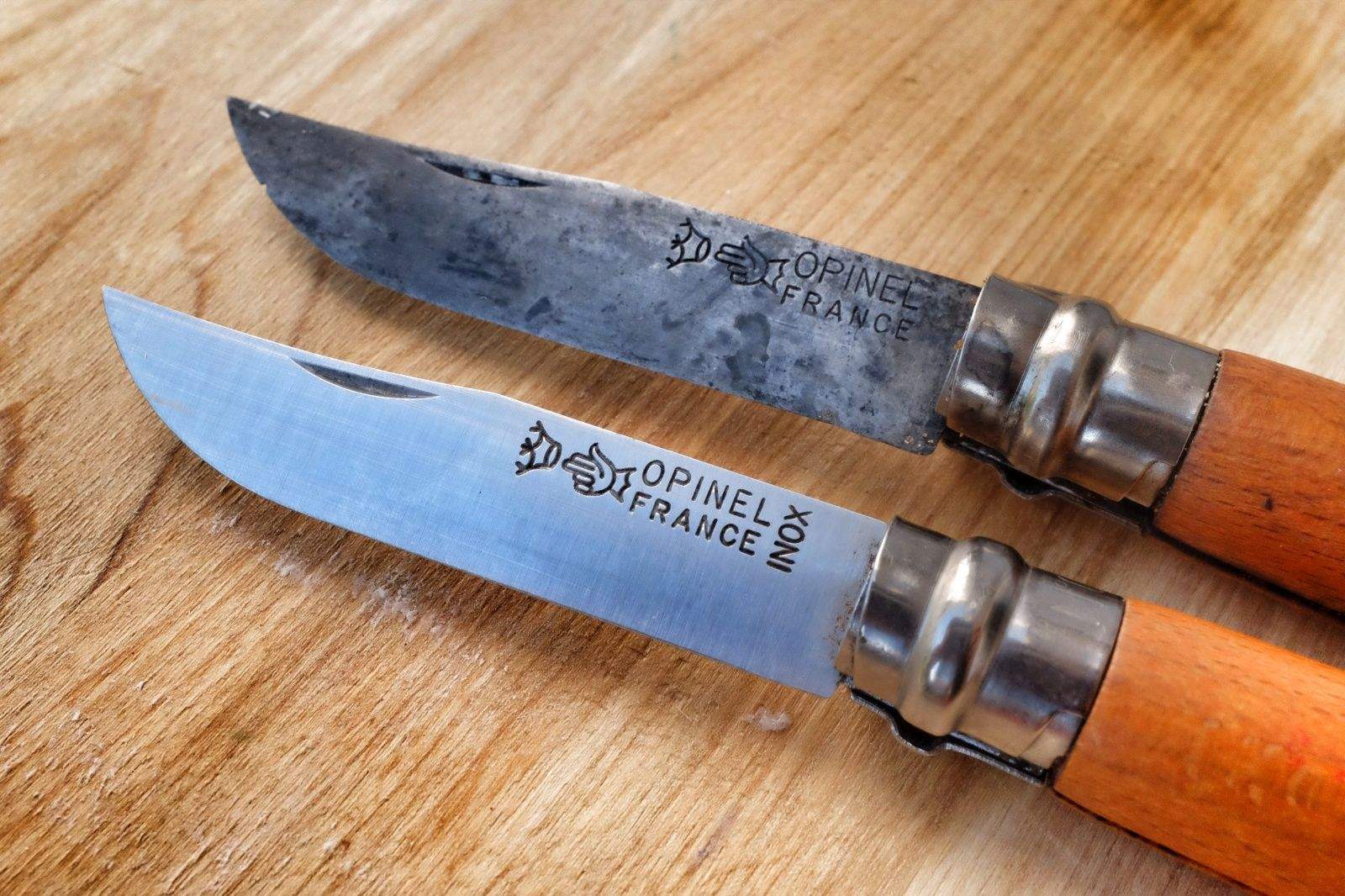No... Carbon steel "may" (should) be polished to a higher degree because it's beneficial for several reasons. Stainless can be "satin brushed" and look... well, half finished, but still do very well in the corrosion resistance part. That would be an explanation for the "feeling the steel" stuff. Now, if you, as a bladesmith, say you can feel a quality of steel... well, then, I will give it some thought. But somehow "seeing" a steel or just "identifying" it by touch seems rather extraterrestrial to me. You could be an extraterrestrial, though. No harm, I'm an international guy, basically. This involves other planets and this kind of stuff... I have a 440C bladed little knife which displays the most lovely grey-blue mirror polished hue I have ever seen. It's fascinating. It's 440C and I love it. Never understood the dislike for this steel. It also does the job to the best...


